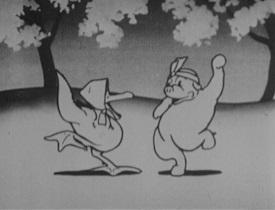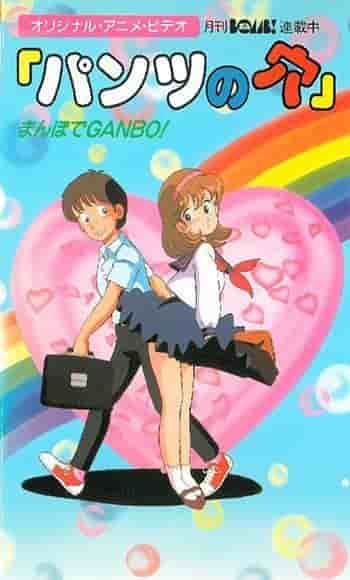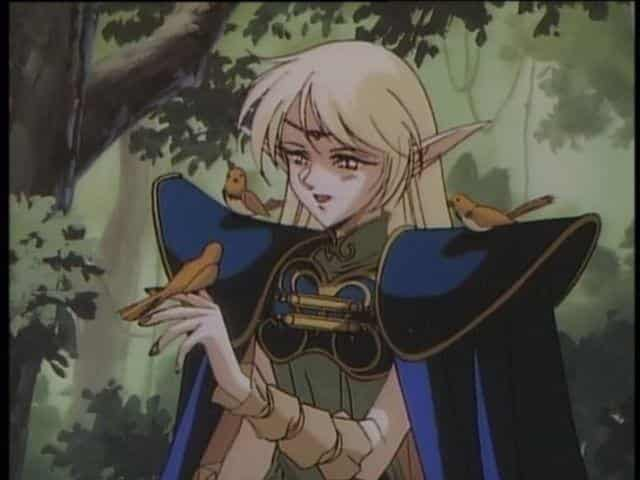The appeal and reputation of the manga "Spring": A thorough analysis of the moving story

"Spring" - A masterpiece that marks the dawn of Japanese animation■ Public Mediaothers ■ Original MediaAnime Original ■ First appearance dateJune 1, 1931 ■ How it first appearedYokohama Cinema Company ■Frequencies9 mins ■ Number of EpisodesEpisode 1 ■ DirectorIllustration by Yasuji Murata ■ ProductionYokohama Cinema Company ■ Story Spring has come to the fields, mountains, and villages. The snow on the distant mountains has melted, flowers are blooming along the banks of mountain and rivers, and animals that had been hibernating in tree hollows or under the earth suddenly come out to sing and dance merrily. A black cat lady went to the river to do her laundry, and when she cut a peach that floated down the river, a demon suddenly jumped out. While Mr. Polar Bear was fishing, a slightly larger fish swallowed the small fish that was caught on the hook, and an even larger fish swallowed that one, and so on. He caught a large catch and was rejoicing, but one by one they all fell off. ■ExplanationIt is a nonsense gag manga in an omnibus format consisting of several short stories linked together, which is rare for Japanese manga in that it does not have a consistent plot. ■Detailed review"Spring" is a Japanese animation film released in 1931, and is one of the most iconic works from the early days of animation. Directed by Yasuji Murata and produced by Yokohama Cinema Shokai, it shows how advanced efforts were being made at the time. This work is a nonsense comedy manga in an omnibus format that depicts the arrival of spring in a short nine minutes, and its unique style was loved by many viewers. The story depicts the awakening of nature with the arrival of spring, symbolically expressing the arrival of spring in the fields and villages. Scenes in which the snow melts on the distant mountains, flowers bloom, and animals that have been hibernating for the winter come out all at once to sing and dance successfully visually convey the joy of spring. Other memorable scenes include a humorous scene in which a black cat lady is doing laundry in the river when she cuts a peach that floats by and a demon jumps out, and a comedy scene in which a polar bear is fishing and catches a large catch of fish that are swallowed one after the other by smaller fish, but all end up falling into the water. These episodes provide viewers with laughs while also making them feel the joy of new life being born with the arrival of spring. The appeal of this work lies in its omnibus format and nonsense gags. It adopts a format without a consistent plot, which is rare for a Japanese animation film, and viewers can enjoy each short episode. The nonsense gags not only provide laughs to viewers, but also make them feel the joy of new life being born with the arrival of spring, and its unique style has been loved by many viewers. ■Production Background"Spring" is a Japanese animation film released in 1931, and is one of the most iconic works from the early days of animation. Directed by Yasuji Murata and produced by Yokohama Cinema Shokai, it shows how advanced efforts were being made at the time. This work is a nonsense comedy manga in an omnibus format that depicts the arrival of spring in a short nine minutes, and its unique style was loved by many viewers. The background to the production of this film was that the animation film industry was still in its infancy at the time. In the 1930s in Japan, animation films were still a new medium, and various attempts were made to explore its potential. "Spring" was one of these attempts, and it aimed to provide viewers with laughter in a short time while also making them feel the joy of new life being born with the arrival of spring. Director Murata Yasuji also used cutting-edge animation techniques for the time to create this work. His drawing style allowed for visually rich expression and left a strong impression on viewers. Furthermore, Yokohama Cinema Shokai provided a cutting-edge production environment for the time, successfully bringing out the best in Murata Yasuji's talent. The combination of these elements has led to Spring being recognized as a masterpiece that marked the dawn of Japanese animation films. ■ Evaluation and impact"Spring" is a Japanese animation film released in 1931, and is one of the most iconic works from the early days of animation. Directed by Yasuji Murata and produced by Yokohama Cinema Shokai, it shows how advanced efforts were being made at the time. This work is a nonsense comedy manga in an omnibus format that depicts the arrival of spring in a short nine minutes, and its unique style was loved by many viewers. The show received positive reviews from viewers. In particular, the nonsense humor that conveyed the joy of new life being born with the arrival of spring left a strong impression on viewers. Director Yasuji Murata's drawing style was also highly praised, and was praised for enabling visually rich expression. One of the influences is that this work was evaluated as a masterpiece that colored the dawn of Japanese animation films. In particular, the omnibus-style nonsense gag manga, which aims to provide viewers with laughs in a short time while also making them feel the joy of new life being born with the arrival of spring, had a major influence on later animation films. Director Yasuji Murata's drawing style also influenced the drawing style of later animation films. The combination of these elements led to Spring being evaluated as a masterpiece that colored the dawn of Japanese animation films. ■Recommendation"Spring" is a Japanese animation film released in 1931, and is one of the most iconic works from the early days of animation. Directed by Yasuji Murata and produced by Yokohama Cinema Shokai, it shows how advanced efforts were being made at the time. This work is a nonsense comedy manga in an omnibus format that depicts the arrival of spring in a short nine minutes, and its unique style was loved by many viewers. I would especially recommend this to those who like the history of animation films and nonsense gags. "Spring" is a masterpiece that marks the dawn of Japanese animation films, and its unique style leaves a strong impression on viewers. Director Yasuji Murata's drawing style also allows for visually rich expression, which leaves a strong impression on viewers. The combination of these elements has led to "Spring" being evaluated as a masterpiece that marks the dawn of Japanese animation films. Furthermore, the nonsense humor, which conveys the joy of new life being born with the arrival of spring, aims to make the viewer laugh while also feeling the joy of new life being born with the arrival of spring. The combination of these elements has led to "Spring" being recognized as a masterpiece that colored the dawn of Japanese animation films. Please watch this work and enjoy its unique style and nonsense humor. |
<<: The Merchant and the Monkeys: The ultimate battle for business and survival
>>: The Story of Tanukichi: A Captivating Story and Deep Character Insights
Recommend
The second season of the comic adaptation "King's Ranking" is expected to premiere on January 6, 2022
The third trailer for the second season of the po...
The Chinese poster of Yuasa Masaaki's "Ride the Waves with You" is released and the mainland will soon be scheduled
The animated film "Ride Your Wave" dire...
The appeal and evaluation of "Souryuuden": A deep look into the legendary RPG
"Souryuuden": A masterpiece that combin...
"Space Warriors" review: A masterpiece anime with epic space battles and a deep story
"Space Warriors": A Future Battlefield ...
The 30th anniversary commemorative manga of "The Case Files of Young Kindaichi" is about to end, with only four chapters left
Kodansha's Evening magazine, Issue 3 of 2023,...
The appeal and evaluation of the movie "Black Clover -The Magic Emperor's Sword-"
A comprehensive review and recommendation of &quo...
The appeal and reviews of "Fate/Grand Order - Absolute Demonic Front: Babylonia": A grand story and character depth
The appeal and reviews of Fate/Grand Order - Abso...
The famous TV animation "World Trigger" Season 2 special trailer officially starts on January 9
The new second season of the fantasy manga "...
"One Piece" Crocodile's new model is launched with excellent design and dynamic and cool
This time it's not a busty beauty. A new figu...
Disney admits it can’t handle it anymore? Boba Fett: A Star Wars Story is officially cancelled
According to foreign media reports, Lucasfilm Cha...
The appeal and reviews of Jewelpet Attack Travel!: A new adventure begins
Jewelpet Attack Travel! - Jewelpet Attack Travel ...
Sapporo Otome Gohan. The appeal and reviews of the third season: delicious food and a touching story
Sapporo Otome Gohan. Season 3 - Delicious memorie...
Delighted! Yoshihiro Togashi's masterpiece "Hunter x Hunter" will be suspended again from December 3
Want to watch the entire "Hunter x Hunter&qu...
Detective Conan: Requiem of the Detectives - The appeal and reviews of the 10th movie
Detective Conan: Requiem of the Detectives - The ...
Netflix's popular animation "The Conspiracy" Season 2 new trailer released
As part of Netflix Geek Week, the streaming servi...









